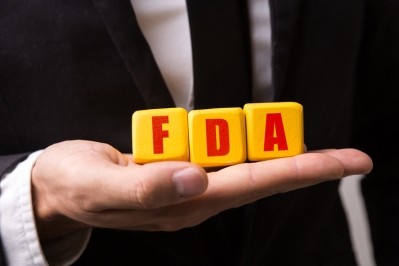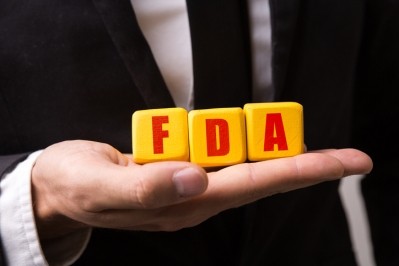NAC case raises questions about proper application of NDI provision

Last week the United Natural Products Alliance held an informational meeting for members on the status of NAC, or N-acetyl-L-cysteine. NAC is a derivative of the amino acid L-cysteine and is a precursor of the cellular antioxidant glutathione. The ingredient was first approved as a mucolytic drug sometime around 1963 (the precise date is somewhat unclear).
At present it is used in emergency rooms as a treatment in cases of acetaminophen poisoning to prevent severe liver damage. The ingredient has a long history of safety in that application where it is administered at a much higher dosage than what is found in dietary supplements, according to Rick Kingston, PharmD, of the University of Minnesota (Kingston is also the president of regulatory and scientific affairs at Safety Call International).
Hundreds of NAC products on market
Despite its early use as a respiratory medication, the ingredient has been widely used for many years in finished dietary supplements, frequently as a standalone product. A recent search on Amazon produced more than 400 products for sale mentioning the ingredient, which is usually positioned as a ‘cellular antioxidant,’ or for liver support. Some major brand names in the industry were represented in that search. On the supply end, a search on Alibaba brings up more than 1,000 hits of bulk N-acetyl-L-cysteine (NAC) for sale, with the usual huge range of prices per kilogram that is typical for that portal.
Loren Israelsen, president of the United Natural Products Alliance, said FDA must surely have been aware of the ingredient being on the market in supplement form, but took no action regarding its status until very recently. In late August, the Agency sent seven warning letters to companies making hangover treatment claims, which FDA construed to be illegal disease treatment claims.
Hangover letters include NAC mentions
Four of those companies were using NAC in their formulations, though the ingredient did not seem to be the primary active constituent in any of those products. In those warning letters, FDA took the position that because of the prior drug approval, NAC is not a legal dietary ingredient.
There is a keen interest in the industry in general and among UNPA members on the issue because of the amount of commerce surrounding the ingredient, Israelsen said. He said the timing of NAC suddenly having popped up on the radar is curious.
“For literally decades FDA has either known or should have been aware of NAC’s presence in the market, yet they took no action until this apparent trigger event of the hangover cure claims,” Israelsen said.
“The whole thing strikes us as very odd. What is really going on here?” he added.
NAC connection to COVD-19 treatment
Israelsen noted that NAC has popped up on the radar as a potential COVID-19 treatment, which may have raised official interest in the ingredient. A paper published in June in the journal Future Microbiology called for more research into NAC as a coronavirus adjuvant treatment, research that Kingston said is ongoing.
Kingston noted that the early mucolytic drug used NAC as an inhalant. He said in emergency rooms it is often used in intravenous form because the ingredient is offensive smelling and unpalatable, and must be administered with a masking beverage. In those cases, the risk of vomiting complicates the treatment.
Those differences in dosages and delivery forms are important distinctions between NAC for pharmaceutical use and in supplements, Israelsen said. There is an effort ongoing at the moment to see if NAC was in the market as a dietary ingredient prior to Oct. 15, 1994, which would qualify it as an Old Dietary Ingredient under DSHEA.
“We are still in the information gathering phase. There are likely avenues of exploration that might yield evidence that this is in fact an ODI,” Israelsen said.
Israelsen: NDI provision not meant to be used retroactively
Israelsen said the NAC case raises some broader issues regarding the New Dietary Ingredient portion of DSHEA. When looking at ingredients that are truly new to market, the functioning and intent of the provision is clear: to protect the incentives for FDA-approved drug development. When looking back, however, it’s not so clear cut. Israelsen said the legislative intent for DSHEA was never to use the NDI provision to find ingredients and retroactively exclude them from supplements based on drug approval forms dredged up from decades ago.
“We are trying to ensure that dietary ingredients don’t get knocked out of the market that have been there for a long time,” Israelsen said.
















